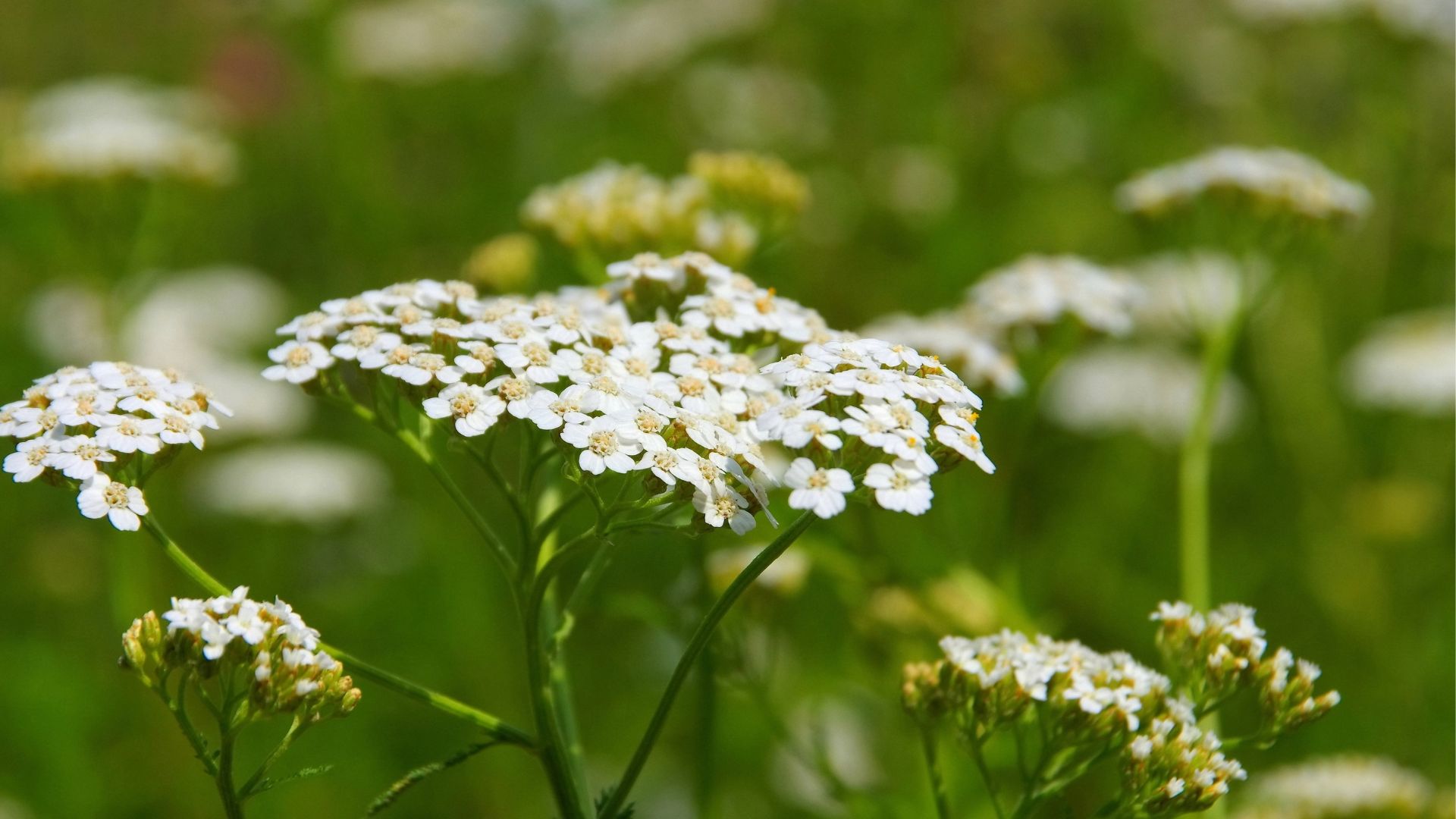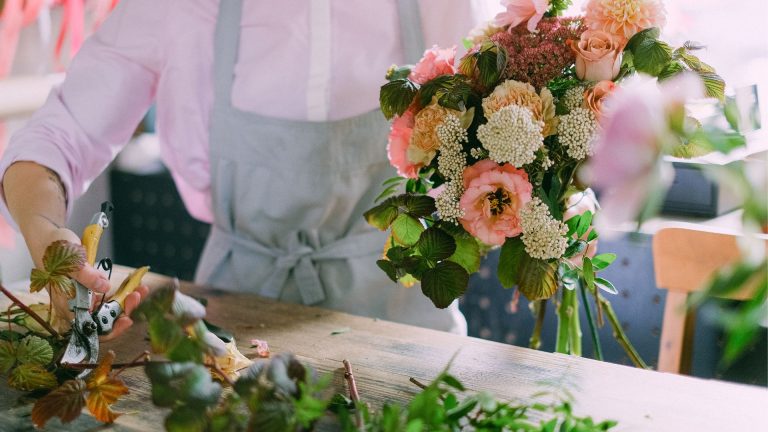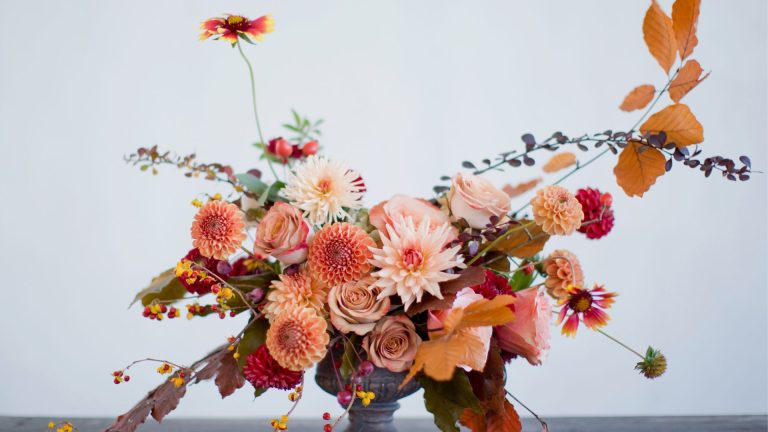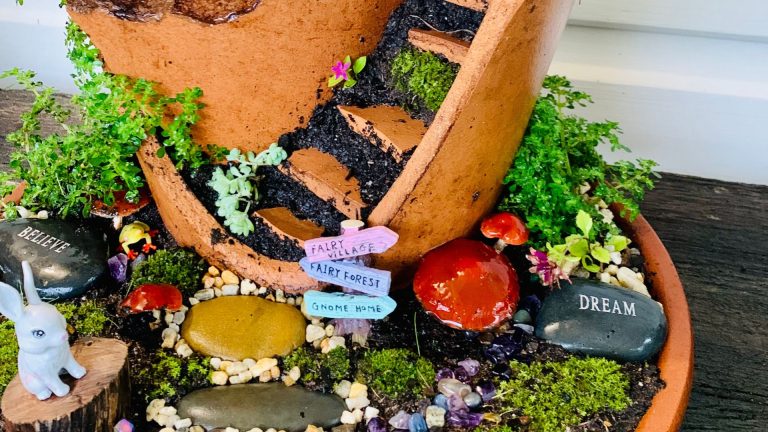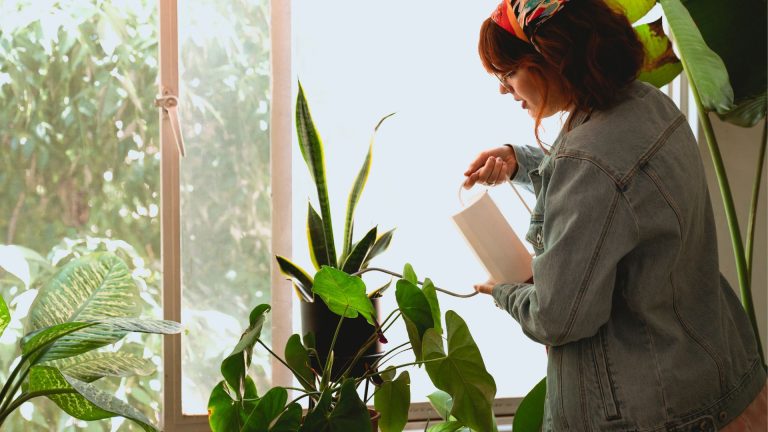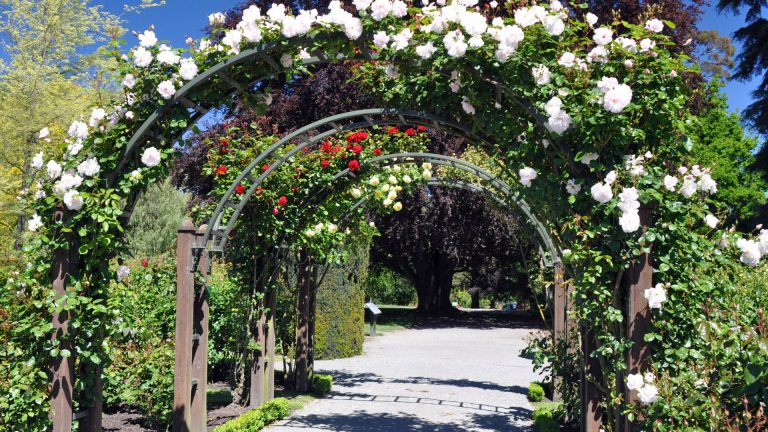10 Beautiful, Easy-to-Care-for Plants That Don’t Require Deadheading
As gardeners, we often spend our time nurturing plants, ensuring they receive the right amount of sunlight, water, and nutrients. One of the common tasks in plant care is deadheading—removing spent flowers to encourage new blooms and keep the garden tidy. But what if we told you that some plants don’t need deadheading at all? These plants can thrive, bloom beautifully, and maintain their aesthetic appeal without the constant attention of deadheading. In this blog post, we will explore some of the most common plants that do not require deadheading, making your gardening routine just a little bit easier.
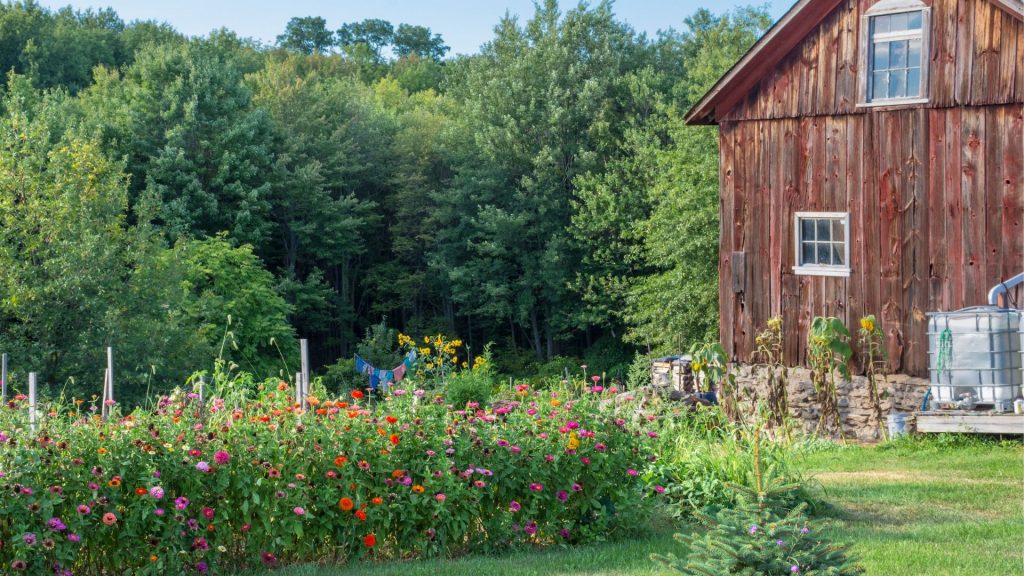
What is Deadheading and Why Do We Do It?
Deadheading is the process of removing faded or spent flowers from a plant. By cutting away these old blooms, gardeners can encourage the plant to redirect its energy into producing more flowers or foliage. This is particularly important for many annuals and some perennials, as it helps to extend their flowering period. Deadheading also improves the plant’s overall appearance by eliminating unsightly, wilting blooms.
However, while deadheading can be an essential task for certain plants, it’s not always necessary for all species. Some plants naturally stop flowering once their bloom cycle is over, while others can produce flowers or seeds continuously without the need for deadheading.
1. Coneflower (Echinacea)
Why They Don’t Need Deadheading: Coneflowers, known for their bold, daisy-like blooms in shades of purple, pink, and white, are a perfect example of a plant that doesn’t need constant deadheading. Once the flowers fade, they often form seed heads that attract birds, adding an extra layer of wildlife appeal to your garden. If you prefer a tidier look, you can remove the spent blooms, but it’s not necessary to promote further flowering.
Growing Conditions:
- Sunlight: Full sun to part shade
- Soil: Well-drained, sandy or loamy soil
- Planting Zones: 3 to 9
- Size: 2 to 5 feet tall, with a similar spread

2. Black-Eyed Susan (Rudbeckia)
Why They Don’t Need Deadheading: Black-eyed Susans are hardy, low-maintenance plants that produce vibrant, yellow or orange flowers with dark centers. While removing spent blooms can tidy up the plant, it’s not essential for the plant’s continued health or bloom production. In fact, allowing the flowers to fade and produce seeds can attract pollinators and birds, making them a great addition to a wildlife-friendly garden.
Growing Conditions:
- Sunlight: Full sun
- Soil: Well-drained, average soil
- Planting Zones: 3 to 9
- Size: 1 to 3 feet tall, with a similar spread
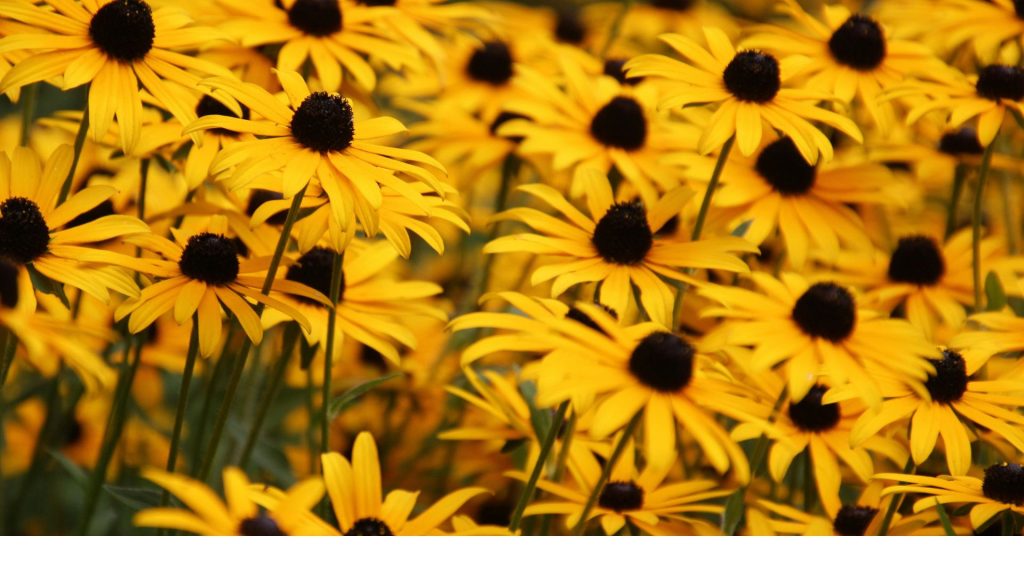
3. Shasta Daisy (Leucanthemum × superbum)
Why They Don’t Need Deadheading: Shasta daisies are perennials that bloom from late spring to early summer. While deadheading can extend their blooming season, it isn’t necessary to keep the plant looking fresh. In fact, Shasta daisies tend to have a long flowering period naturally, so removing spent flowers isn’t required. However, if you prefer a tidier appearance, you can snip off the faded blooms.
Growing Conditions:
- Sunlight: Full sun
- Soil: Well-drained, slightly acidic to neutral soil
- Planting Zones: 5 to 9
- Size: 2 to 3 feet tall, with a similar spread
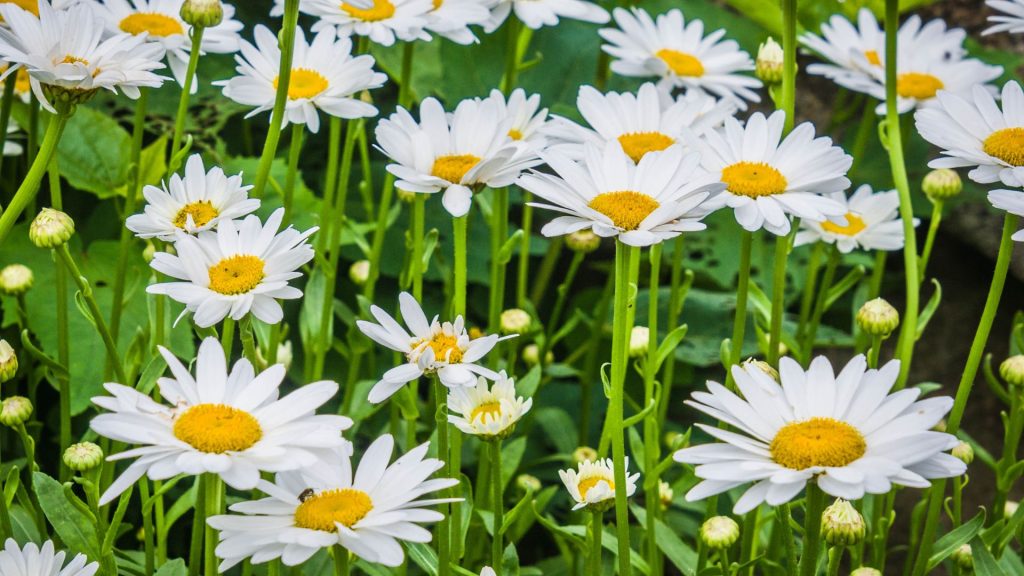
4. Catmint (Nepeta)
Why They Don’t Need Deadheading: Catmint is a perennial herb that attracts pollinators like bees and butterflies with its fragrant, lavender-blue flowers. While it can benefit from a light trim to encourage more compact growth, it doesn’t require regular deadheading. In fact, removing spent flowers is unnecessary for the plant to continue blooming throughout the season. Just let it bloom freely, and it will reward you with a long flowering period.
Growing Conditions:
- Sunlight: Full sun
- Soil: Well-drained, moderately fertile soil
- Planting Zones: 3 to 8
- Size: 1 to 2 feet tall, with a spread of 2 to 3 feet
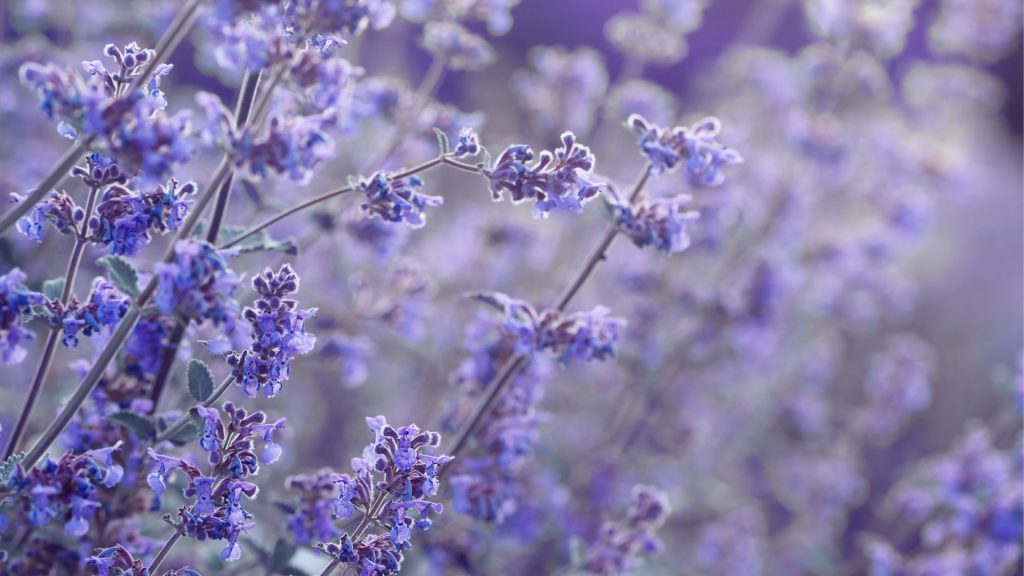
5. Lavender (Lavandula)
Why They Don’t Need Deadheading: Lavender is a beloved perennial for its fragrant flowers and versatility in the garden. While deadheading can help tidy up the plant, it’s not strictly necessary. Lavender blooms are relatively short-lived, but the plant produces plenty of flowers over the course of the growing season. Allowing the flowers to fade naturally often leads to the formation of seed heads, which can add to the plant’s aesthetic value.
Growing Conditions:
- Sunlight: Full sun
- Soil: Well-drained, sandy or gravelly soil
- Planting Zones: 5 to 9
- Size: 1 to 3 feet tall, with a spread of 2 to 4 feet
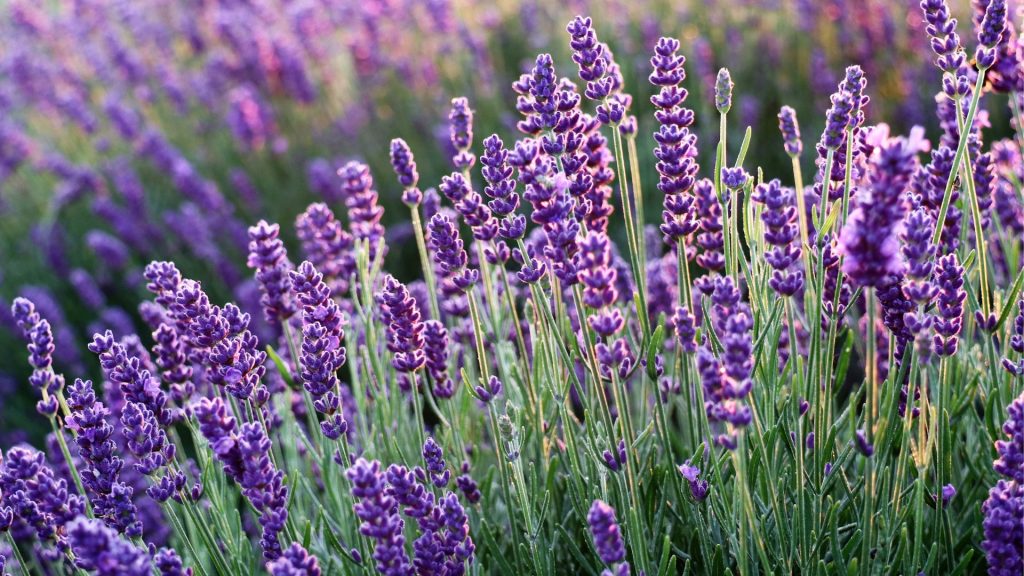
6. Russian Sage (Perovskia atriplicifolia)
Why They Don’t Need Deadheading: Russian sage is known for its tall, airy spikes of blue-lavender flowers that add vertical interest to gardens. While removing spent flowers can improve its appearance, Russian sage doesn’t require deadheading to keep blooming. The plant is hardy and resilient, thriving without much intervention. Its silvery foliage and graceful flowers provide visual appeal even after the blooms fade.
Growing Conditions:
- Sunlight: Full sun
- Soil: Well-drained, dry to medium soil
- Planting Zones: 4 to 9
- Size: 3 to 5 feet tall, with a spread of 3 to 4 feet
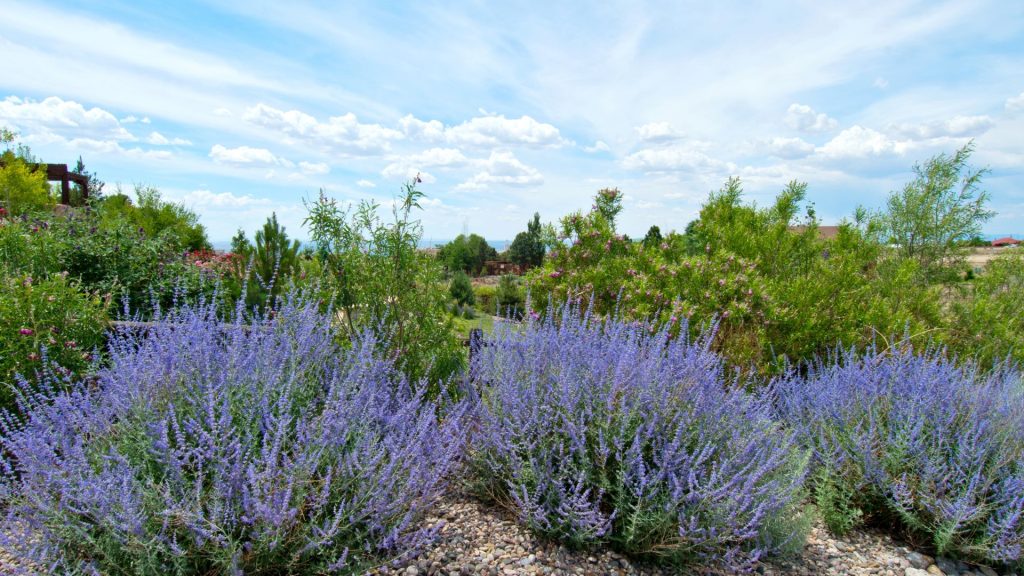
7. Coral Bells (Heuchera)
Why They Don’t Need Deadheading: Coral bells are evergreen perennials that produce colorful, bell-shaped flowers on tall spikes, which attract pollinators. While the flowers aren’t the main attraction, they still add visual interest to your garden. Coral bells don’t need to be deadheaded to keep the plant healthy. You can trim the faded flowers for tidiness, but it won’t harm the plant if you leave them.
Growing Conditions:
- Sunlight: Part shade to full sun (depends on variety)
- Soil: Well-drained, slightly acidic soil
- Planting Zones: 4 to 9
- Size: 1 to 2 feet tall, with a spread of 1 to 2 feet
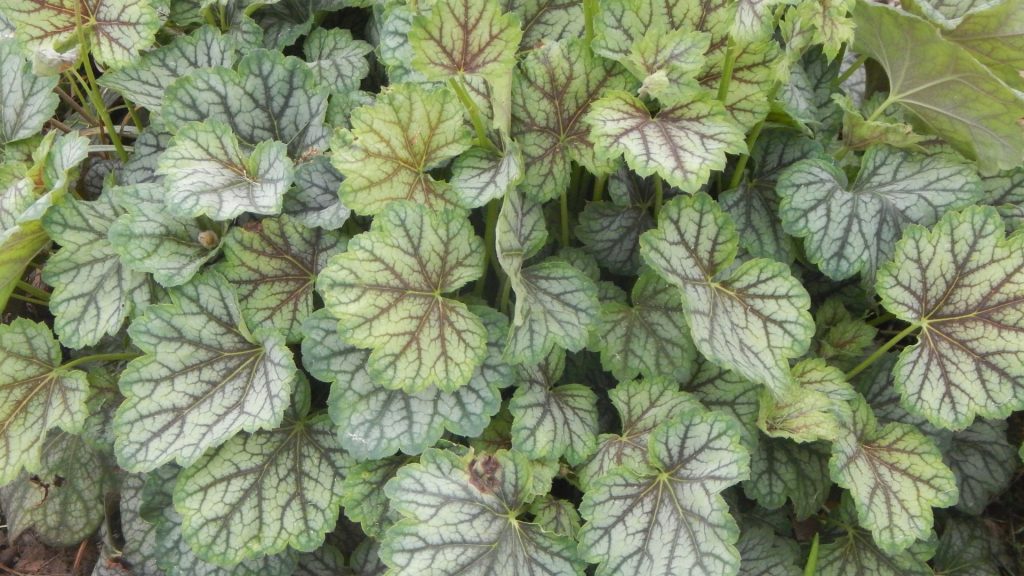
8. Sedum (Sedum spp.)
Why They Don’t Need Deadheading: Sedum, also known as “stonecrop,” is a succulent perennial that produces clusters of small, star-shaped flowers. These plants are drought-tolerant and can thrive in poor soil conditions. While deadheading may improve the plant’s appearance, sedums often naturally shed their old flowers. Allowing the flowers to fade can provide winter interest, as the seed heads can remain on the plant through the colder months, providing food for birds.
Growing Conditions:
- Sunlight: Full sun
- Soil: Well-drained, dry soil
- Planting Zones: 3 to 9
- Size: 6 inches to 3 feet tall, depending on variety
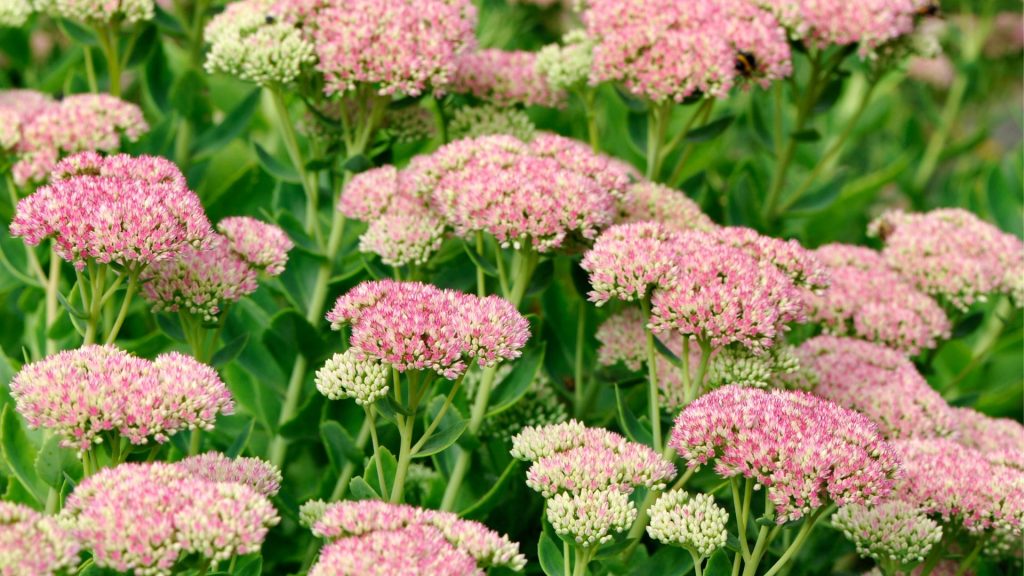
9. Yarrow (Achillea millefolium)
Why They Don’t Need Deadheading: Yarrow is a hardy perennial known for its clusters of small flowers in shades of white, yellow, pink, and red. While it can benefit from deadheading to keep the plant tidy, it doesn’t need regular deadheading to encourage reblooming. The plant will continue to bloom and can even self-sow, producing new plants in the garden. Allowing yarrow to flower naturally also supports pollinators like bees and butterflies.
Growing Conditions:
- Sunlight: Full sun
- Soil: Well-drained, dry to medium soil
- Planting Zones: 3 to 9
- Size: 1 to 3 feet tall, with a spread of 1 to 2 feet
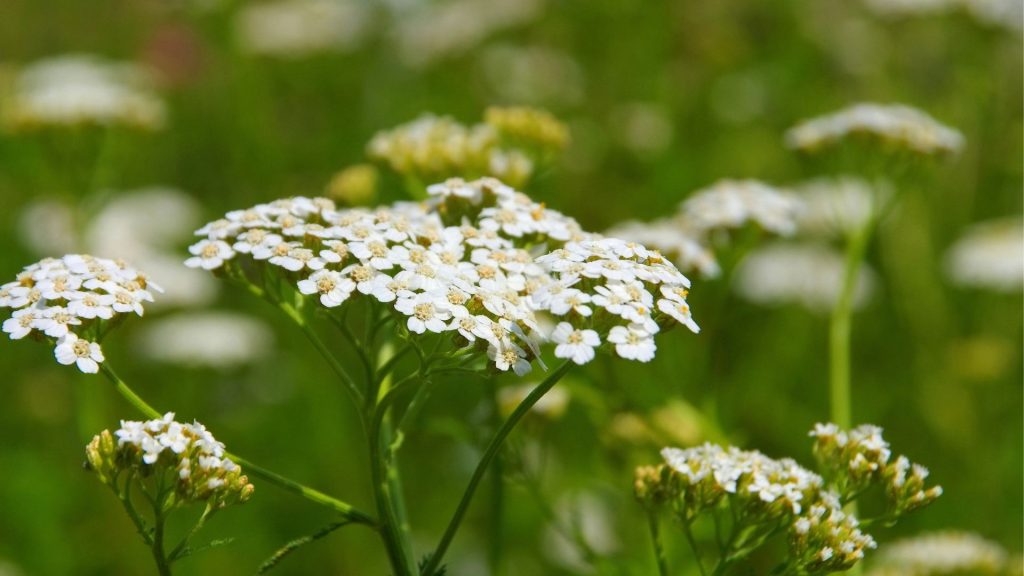
10. Bee Balm (Monarda)
Why They Don’t Need Deadheading: Bee balm is a perennial plant with fragrant, colorful blooms that attract hummingbirds, bees, and butterflies. While deadheading can help improve the plant’s appearance, it is not essential for its health or continued blooming. Bee balm’s flowers tend to fade naturally and are often followed by seed heads, which can be left for birds to enjoy.
Growing Conditions:
- Sunlight: Full sun to part shade
- Soil: Moist, well-drained soil
- Planting Zones: 4 to 9
- Size: 2 to 4 feet tall, with a spread of 1 to 3 feet
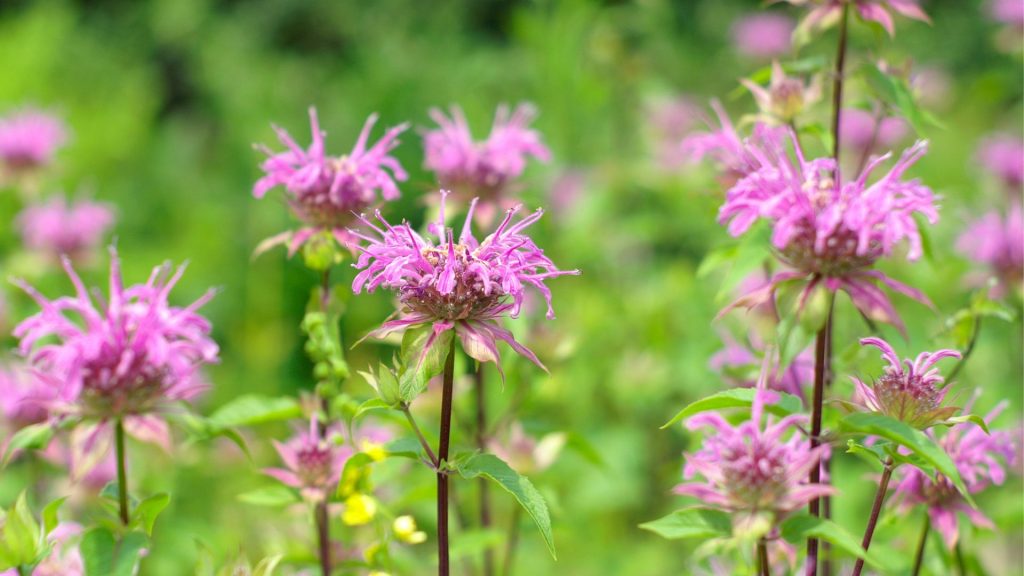
Deadheading may be a regular task for some plants, but there are plenty of stunning perennials that don’t require it at all. These plants not only thrive without deadheading but also offer beauty, wildlife benefits, and a low-maintenance option for your garden. Whether you’re looking to attract pollinators or simply enjoy a colorful garden without constant upkeep, these plants are a fantastic choice for any garden enthusiast. Let nature take its course and enjoy the beauty of these easy-care plants that will bring joy to your garden season after season.

